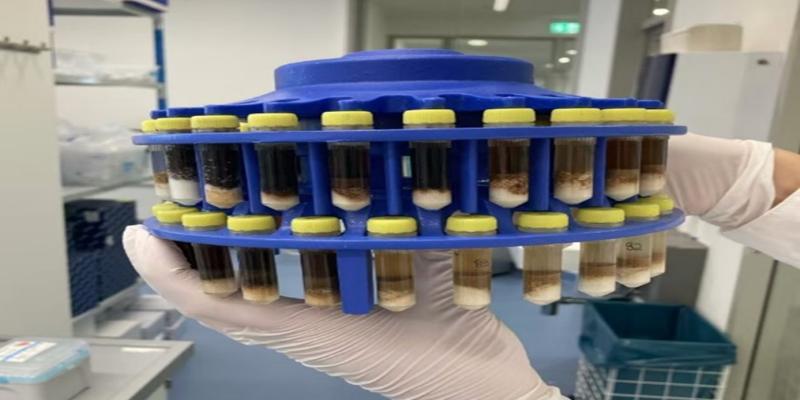Sequencing soil DNA initiated to build a microbial reference of the world soils
ISRIC – World Soil Information has initiated DNA sequencing of their reference soil collection. This collection comprises reference soil samples from some 1,100 profiles collected worldwide over the past six decades. The unique collection consists of samples of the genetic layers of each reference profile and is fully described and analysed for physical and chemical parameters but lacks analyses for biological parameters. The reference collection samples are available for research. This new initiative aims to provide insights of soil microbial community distribution patterns and microbial functional characteristics at a global scale. Ultimately, it will serve as a microbial reference of the world’s soils to support future research.
The “Soil DNA” initiative (2023-2025) is coordinated by ISRIC and jointly implemented with the University of Chinese Academy of Sciences (P.R. of China), Agricultural Genomics Institute at Shenzhen, Chinese Academy of Agricultural Sciences (P.R. of China), and The Netherlands Institute of Ecology (NIOO), the Royal Netherlands Academy of Arts & Sciences (KNAW).
Soil and biodiversity
Soil is the interface between the Earth’s crust and the atmosphere, and it significantly interacts with aboveground life and water on Earth’s surface. Soil hosts a quarter of our planet’s biodiversity; for instance, one gramme of soil, about a teaspoon, contains one billion bacterial cells. This corresponds to about ten thousand different bacterial genomes, up to one million individual fungi, about one million cells of protists and several hundred nematodes. Besides micro-organisms and micro-fauna, many distinct species of meso- and macro-/mega-fauna live in the soil, such as arthropods, earthworms and mammals. Soil biodiversity is recognised to be a crucial factor in soil functioning and a provider of key ecosystem services. Preserving and rehabilitating soil biodiversity is critical to contributing to food security (SDG 2), climate action (SDG 13), and life on land (SDG 15).
